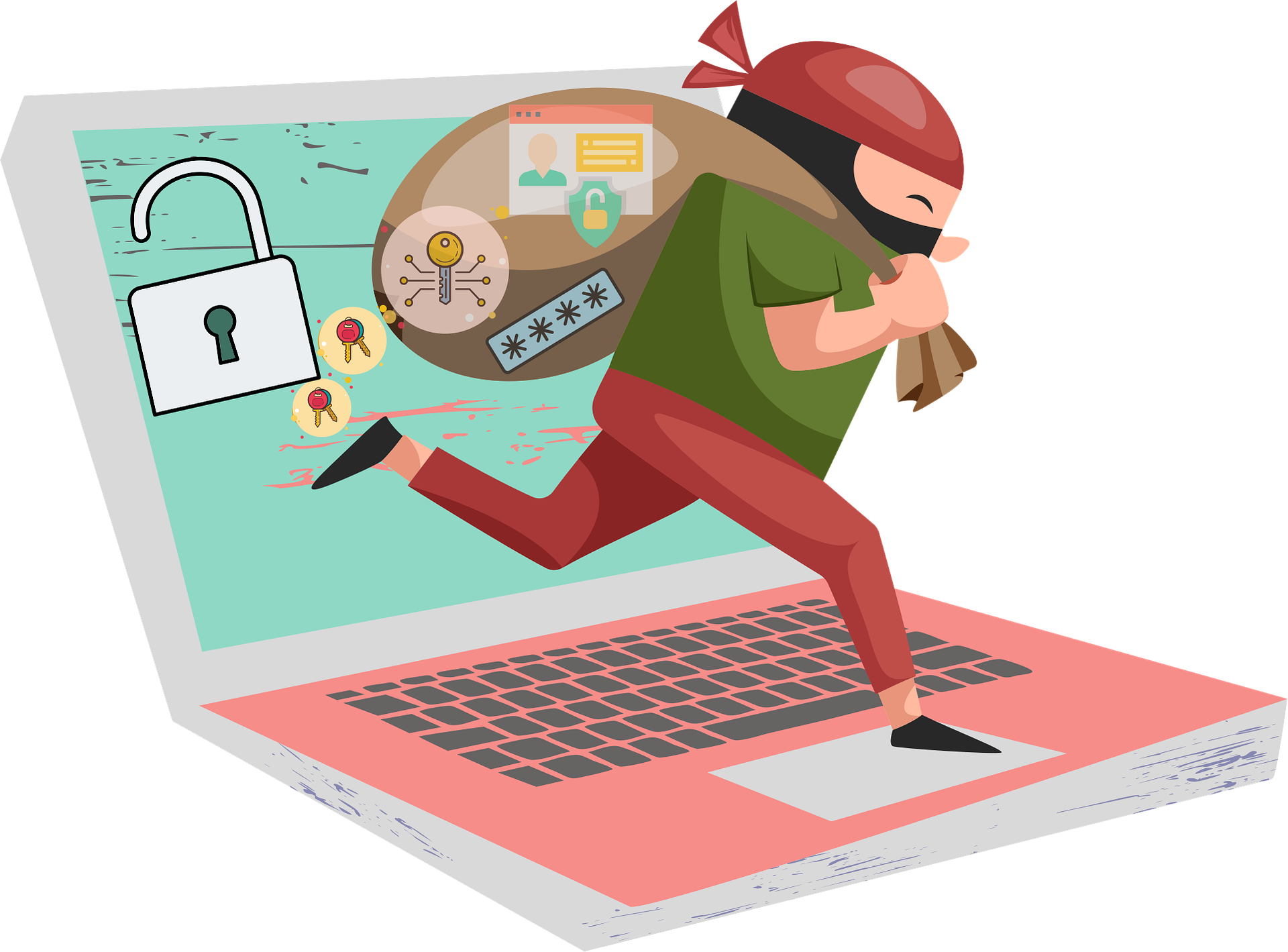
Best Cybersecurity Practices for Small Businesses
In today’s digital age, technology continues to evolve rapidly — but so do cyber threats. For small businesses, which often lack the dedicated IT resources of larger enterprises, the risk of cyberattacks is higher than ever.
A single breach can be devastating, leading to financial loss, reputational damage, and regulatory penalties. The good news? With the right practices and adherence to cybersecurity best practices, small businesses can significantly reduce their risk and build a foundation of cyber resilience.
Why Are Small Businesses at Risk?
Perceived as “easy targets” – Cyber-criminals often view small businesses as having weaker defences due to limited budgets and lack of in-house security expertise and that is frequently true.
Valuable data – Small businesses may store sensitive customer, financial, or employee information that can be exploited.
Supply chain vulnerabilities – If your business supplies services to larger organisations, it could be used as a backdoor to reach them.
Limited disaster recovery planning – A ransomware attack can cripple small businesses, especially those without backups or contingency plans so small businesses are more likely to succumb to blackmail by cyber-criminals.
[/vc_column_text][/vc_column][/vc_row]
How to Protect Your Business: The 5 Cyber Essentials
The Cyber Essentials scheme, backed by the UK government, defines the minimum security standards every business should follow. Achieving certification not only protects your business — it builds trust with customers and partners alike.
Here are the five key controls that aim to significantly reduce the risk of a cyber attack:
1. Firewalls – Create a secure barrier between your network and the internet
Best Practices:
Use both hardware and software firewalls: hardware firewalls (in routers or dedicated) protect your network perimeter; software firewalls protect individual devices.
Configure firewall rules to block unnecessary ports and restrict access only to essential services.
Keep firewall firmware and rule-sets up to date to close vulnerabilities. We can deploy and monitor hardware firewalls from a variety of vendors and monitor your endpoints as to ensure your software firewall are enabled at all times.
2. Security Update Management – Patch vulnerabilities before attackers exploit them
Best Practices:
Maintain an up-to-date inventory of all devices, applications, and cloud services.
Establish a patching policy and apply critical updates immediately or at least within 14 days.
Use automated tools like WSUS, Intune, or NinjaOne to streamline patch deployment.
3. User Access Control – Limit who can access your systems and data
Best Practices:
Enforce the Principle of Least Privilege (PoLP) – only give users the access they need to perform their job.
Implement Multi-Factor Authentication (MFA) and strong password policies.
Maintain detailed logs of user access activity to stay compliant with Cyber Essentials, ISO 27001, and GDPR.
4. Malware Protection – Detect and stop malicious software before it causes damage
Best Practices:
Use next-generation endpoint protection software (like Sophos) for real-time scanning and threat detection.
Strengthen email and web security with spam filters and domain protection protocols like DMARC, SPF, and DKIM.
Conduct regular phishing simulations and cybersecurity awareness training to minimise human error.
5. Secure Configuration – Harden your systems against attack
Best Practices:
Disable unnecessary applications, services, or ports to reduce your attack surface.
Have documented onboarding and offboarding proceedures and disable any unused accounts.
Reduce account sharing to the absolute minimum.
Apply a consistent, hardened configuration across all systems to enforce security controls and minimise risk.
Ensure all systems are configured with proper encryption, logging, and access controls.
Final Thoughts
Cybersecurity isn’t just a technical issue — it’s a business-critical investment in your future and it has now become more relevant than ever to small businesses. By adopting these five essential practices, you not only protect your data and operations but also build a foundation of trust with your customers and partners.
📞 Want to Strengthen Your Cyber Defences?
Call us today on 020 3393 9714 to book your free consultation and find out how we can help your business become Cyber Essentials certified and fully cyber-resilient.
